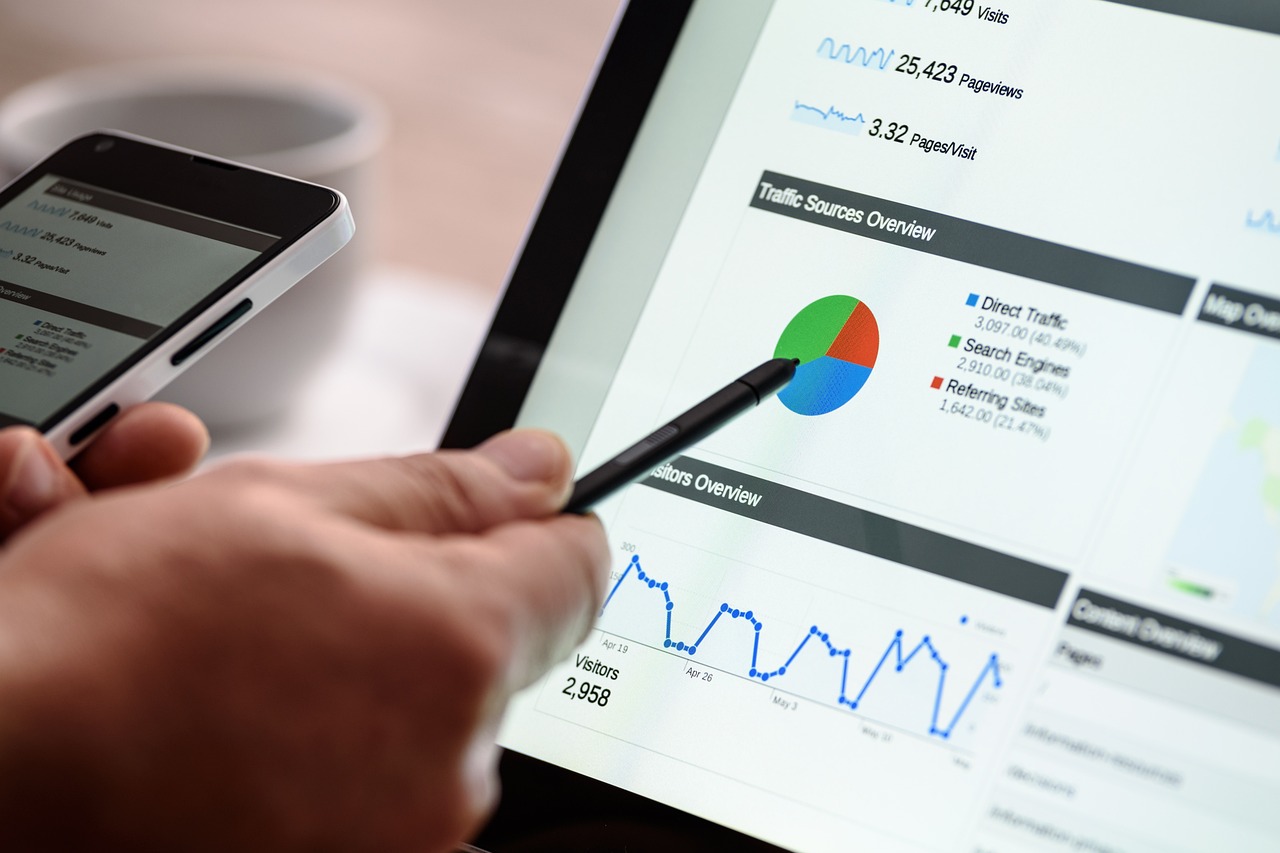As of 2023, Facebook is the largest social media platform with just over two billion daily active users. Advertising on Facebook is an excellent way to target the perfect audience for big and small business owners alike. There’s no time like the present to refine your Facebook Ad targeting strategy and bring people who are potentially interested in your product or service to the top of your sales funnel.
What is audience targeting on Facebook?
Audience targeting gets your ads in front of the right Facebook users. With Facebook ad targeting options, you can separate audiences into segments based on age, location, education, gender, life events, job title, and income.
Why should you use audience targeting?
Detailed targeting helps you reach the right target group with relevant content to enhance your marketing campaigns. Plus, it ensures you’re not wasting ad spend on the wrong audience that won’t deliver a high Return on Investment (ROI).
How to create audiences
First, create personas that represent your ideal customers. Who are they? Where do they live? What’s their occupation? What do they do in their free time? How old are they? Once created, it’s easy to target visitors that resemble that persona. To take advantage of these powerful marketing tools, go to the Audiences section of the Facebook Ads Manager to create Facebook audiences for your ad campaigns.
Types of audience
Saved audiences
A Facebook saved audience is an audience you can create and save to use again in future campaigns. A saved audience includes or excludes people based on age range, location, parental status, gender, interests and more. This ensures your Facebook ads target people most likely to convert rather than just advertising to everyone.
Lookalike audiences
Facebook lookalike audiences are based around reaching people who have never interacted with your business. Creating lookalike audiences based on existing custom audiences tells Facebook to identify people with similar interests to those you already target.
Custom audiences
A website custom audience allows you to target Facebook ads to people who may be loyal customers, website visitors, fans of your Facebook page or app users. You can create a custom audience based on all the data collected from past interactions.
Special Ad audiences
Similar to a lookalike audience, this feature is not commonly used by most advertisers as it relates solely to credit, employment or housing. However, due to this Special Ad Category’s restrictions, targeting parameters won’t allow marketers to include age and gender, specific demographics, behaviours, or interests.
Targeting options
Marketers can target and exclude users by 15 different data points. Use any combination of these targeting options to make your ad dollars go further and convert potential customers. The most commonly used parameters for Facebook custom audiences are:
Location
With this option, you can target audiences by country, state, city, or postcode. It is even possible to create further detailed targeting to include where they work vs where they live.
Interest
Facebook offers interest-based targeting that helps you further define your target audience according to their interests. For example, you could target people who like jazz music or vintage cars.
Engagement
You can target people who have recently followed you, or liked or commented on one of your Facebook or Instagram posts.
Demographics
Demographic-focused Facebook ad targeting focuses on various grouped metrics such as age, gender, income or marital status.
Behavior
Facebook Pixel is a piece of code that tracks user behaviour. Leverage this feature to get your display ads in front of people who behave in specific ways related to device usage and digital activities. For example, you can create custom audiences based on recent site visitors or people who subscribed to your blog.

Targeting best practice
1. Target users who already like your page
People who like your page are familiar with your products or services. So, why not remarket to those same audiences? Use Facebook Pixel’s website traffic events to get your ads in front of your target market who visited a product page on your website but didn’t make a purchase.
2. Retarget people who abandon carts
People often add products to their carts without completing their purchases. Facebook’s targeting tools give you an excellent opportunity to remarket your products to them. Facebook ad targeting can drive people back to your business’s page to complete the transaction.
3. Target new users only
Remarketed ads will help you earn conversions with your ad campaign, but no one wants to see an advertisement for a product they’ve already purchased. Therefore, you can exclude existing customers from future remarketing campaigns for a period of time and avoid ad fatigue.
4. Offer discounts
Offering discounts to your Facebook ads target audience is one of the quickest ways to earn conversions. If you have visitors that clicked on your remarketed ad and didn’t convert, a small deal may convince them to complete their purchases. Give them a unique code that only they can use to create a more personalised experience.
5. Test your ads
Conduct A/B testing to determine which version of your remarketed Facebook ads is best for your audience. Test your ad images, CTA, or headline individually and make small but noticeable changes to establish which elements positively affected your ad results.











